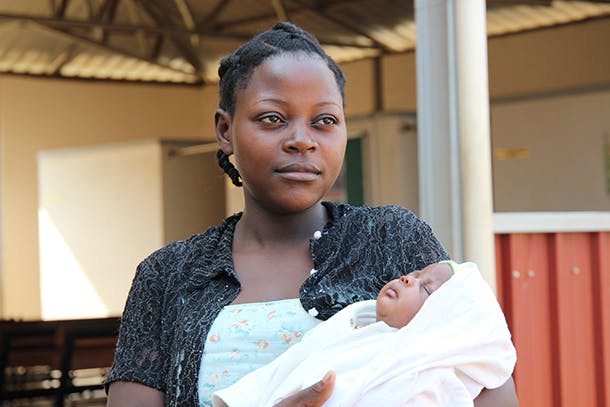
Worldwide, 62 million girls are not in school, and girls continue to fall significantly behind boys in completing secondary school. There are numerous reason for these disparities. There are also many solutions to help more girls go to school, including expanding access to reproductive health information and services. Research shows access to contraceptive information and services can help girls prevent unintended pregnancies, stay in school, and achieve their educational and employment goals.
The Universal Access Project (UAP) recently returned from a trip to Uganda, a country where nearly a quarter of girls are pregnant or have a child by age 19. While there, we spoke to dozens of girls and women about their lives. A recurring theme surfaced in almost every interview: Adolescent girls were getting pregnant, dropping out of school, and often getting married.
One in three women in Uganda have an unmet need for family planning, and the needs are similar in many developing countries in Southern Africa and beyond. Demand for contraceptives is growing, but supply is not keeping pace. The world is facing a contraceptive crisis, with a funding gap of at least $847 million.
On this World Contraceptive Day, we invite you to read the stories from a few of the Ugandan girls and women we met who have seen how access to reproductive health impacts education. To learn more about the global contraceptive crisis and find out how you can take action visit the Reproductive Health Supplies Coalition website.
What does Contraception Have to Do with Education? Everything by UN Foundation on EXPOSURE



 View All Blog Posts
View All Blog Posts